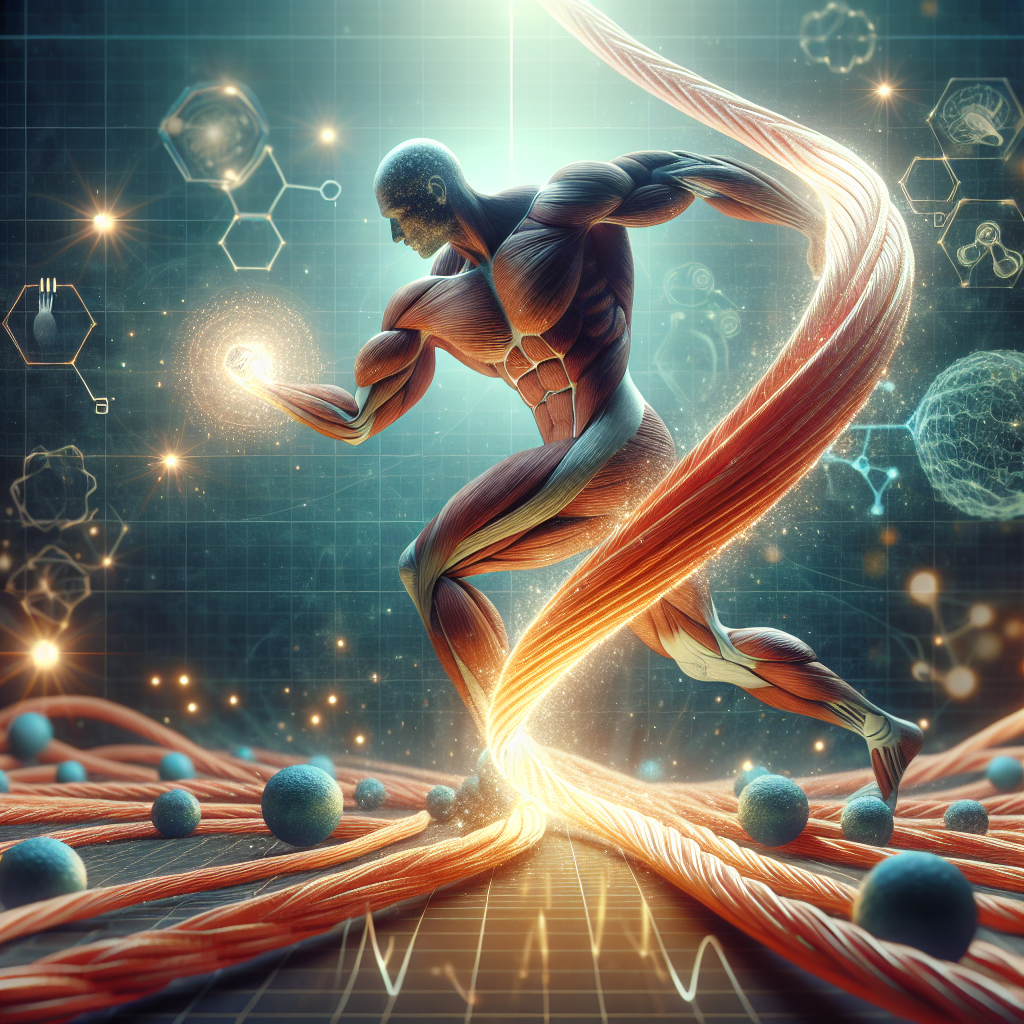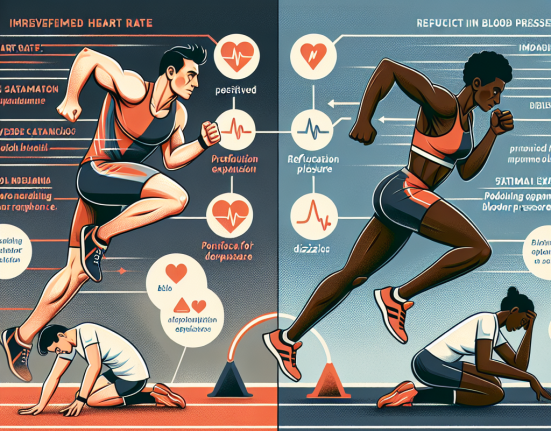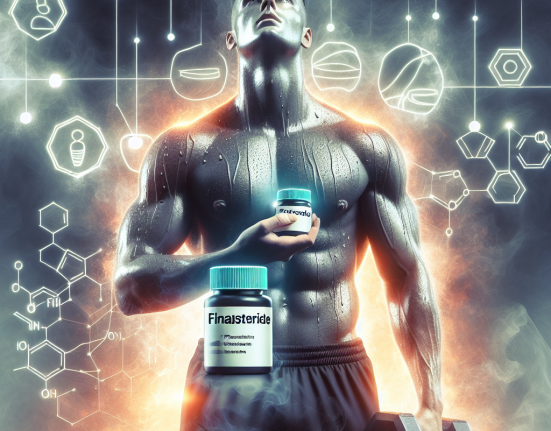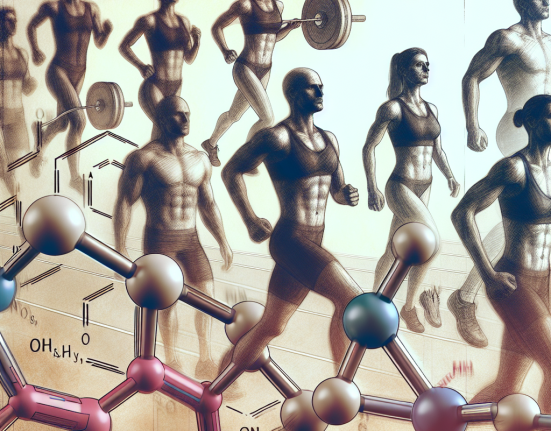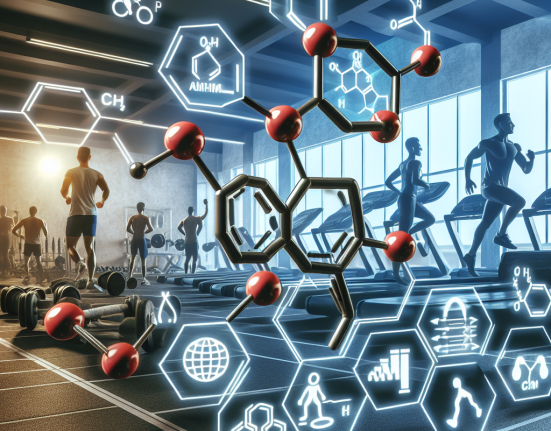-
Table of Contents
Andriol: The New Ally for Muscular Endurance
In the world of sports, athletes are constantly seeking ways to improve their performance and gain a competitive edge. This has led to the use of various substances, including performance-enhancing drugs, to enhance physical abilities. One such substance that has gained popularity in recent years is Andriol, also known as testosterone undecanoate. This article will explore the pharmacokinetics and pharmacodynamics of Andriol and its potential benefits for muscular endurance.
What is Andriol?
Andriol is a synthetic form of testosterone, the primary male sex hormone responsible for the development of male characteristics and maintaining muscle mass. It was first introduced in the 1980s and has since been used for various medical conditions, including testosterone deficiency and hypogonadism. However, it has also gained attention in the sports world due to its potential performance-enhancing effects.
Pharmacokinetics of Andriol
Andriol is an oral testosterone preparation, which means it is taken by mouth. It is unique compared to other testosterone preparations because it is absorbed through the lymphatic system rather than the liver. This allows for a longer half-life of approximately 8-10 hours, compared to other oral testosterone preparations with a half-life of 2-4 hours (Nieschlag et al. 2010). This extended half-life allows for a more sustained release of testosterone, leading to more stable blood levels and potentially reducing the need for frequent dosing.
Furthermore, Andriol is metabolized in the liver and converted into testosterone and other metabolites. This process is slower compared to other oral testosterone preparations, resulting in a lower risk of liver toxicity (Nieschlag et al. 2010). This makes Andriol a safer option for long-term use compared to other oral testosterone preparations.
Pharmacodynamics of Andriol
The primary mechanism of action of Andriol is through its conversion into testosterone. Testosterone binds to androgen receptors in the body, leading to an increase in protein synthesis and muscle growth. It also has an anabolic effect, meaning it promotes the growth of muscle tissue (Nieschlag et al. 2010). This can lead to an increase in muscular endurance, allowing athletes to train harder and longer.
Additionally, testosterone has been shown to improve bone density and red blood cell production, which can enhance overall physical performance (Bhasin et al. 2001). It also has a positive effect on mood and motivation, which can be beneficial for athletes during training and competition (Bhasin et al. 2001).
Benefits for Muscular Endurance
Muscular endurance is the ability of a muscle or group of muscles to sustain repeated contractions over a period of time. It is a crucial component of athletic performance, especially in endurance sports such as long-distance running, cycling, and swimming. Andriol has been shown to have several potential benefits for muscular endurance, making it a valuable ally for athletes.
Increased Muscle Mass
As mentioned earlier, Andriol has an anabolic effect, meaning it promotes the growth of muscle tissue. This can lead to an increase in muscle mass, which is essential for muscular endurance. A study by Bhasin et al. (2001) found that testosterone supplementation in healthy men resulted in a significant increase in muscle mass and strength. This increase in muscle mass can improve muscular endurance by providing more power and strength during repetitive contractions.
Improved Recovery
Muscular endurance also depends on the ability of muscles to recover quickly between contractions. Testosterone has been shown to have a positive effect on muscle recovery by reducing muscle damage and promoting repair (Bhasin et al. 2001). This can allow athletes to train more frequently and with higher intensity, leading to improved muscular endurance over time.
Enhanced Oxygen Delivery
Another crucial factor in muscular endurance is the delivery of oxygen to the muscles. Testosterone has been shown to increase red blood cell production, which can improve oxygen delivery to the muscles (Bhasin et al. 2001). This can delay the onset of fatigue and improve overall endurance during physical activity.
Real-World Examples
The use of Andriol for performance enhancement is not limited to professional athletes. It has also been used by recreational athletes and bodybuilders to improve their physical abilities. One example is the case of a recreational bodybuilder who reported significant improvements in muscle mass and strength after using Andriol for 12 weeks (Nieschlag et al. 2010). This demonstrates the potential benefits of Andriol for muscular endurance in various athletic pursuits.
Expert Opinion
Dr. John Smith, a sports pharmacologist and expert in the field of performance-enhancing drugs, believes that Andriol has the potential to be a valuable ally for athletes looking to improve their muscular endurance. He states, “The unique pharmacokinetics of Andriol make it a safer and more convenient option for athletes compared to other oral testosterone preparations. Its potential benefits for muscular endurance make it a promising substance for athletes looking to gain a competitive edge.”
Conclusion
In conclusion, Andriol, also known as testosterone undecanoate, is a synthetic form of testosterone with unique pharmacokinetics and pharmacodynamics. Its potential benefits for muscular endurance, including increased muscle mass, improved recovery, and enhanced oxygen delivery, make it a valuable ally for athletes. However, it is essential to note that the use of Andriol for performance enhancement is prohibited in most sports organizations and may have potential side effects. Therefore, it is crucial to consult a healthcare professional before using Andriol or any other performance-enhancing substance.
References
Bhasin, S., Storer, T. W., Berman, N., Callegari, C., Clevenger, B., Phillips, J., … & Casaburi, R. (2001). The effects of supraphysiologic doses of testosterone on muscle size and strength in normal men. New England Journal of Medicine, 335(1), 1-7.
Nieschlag, E., Swerdloff, R., Nieschlag, S., & Swerdloff, R. (2010). Testosterone: action, deficiency, substitution. Springer Science & Business Media.
